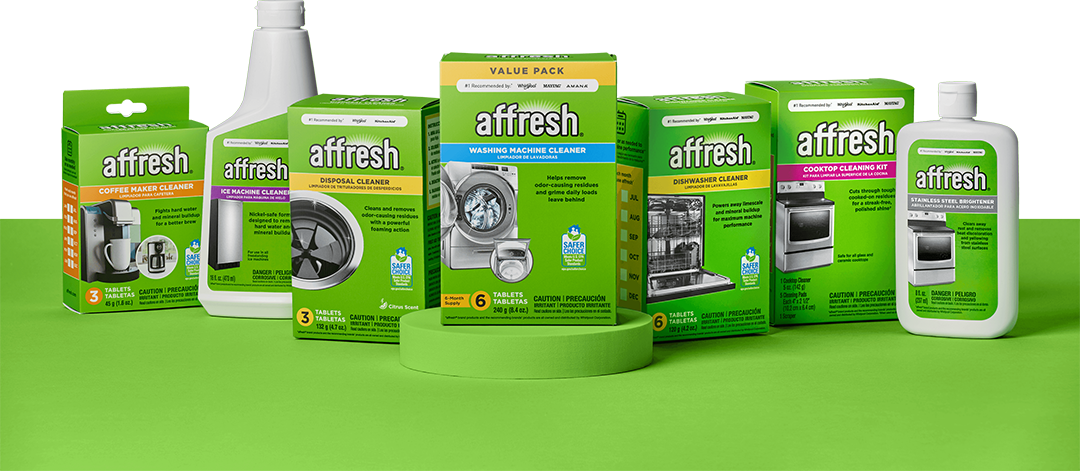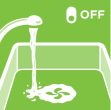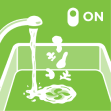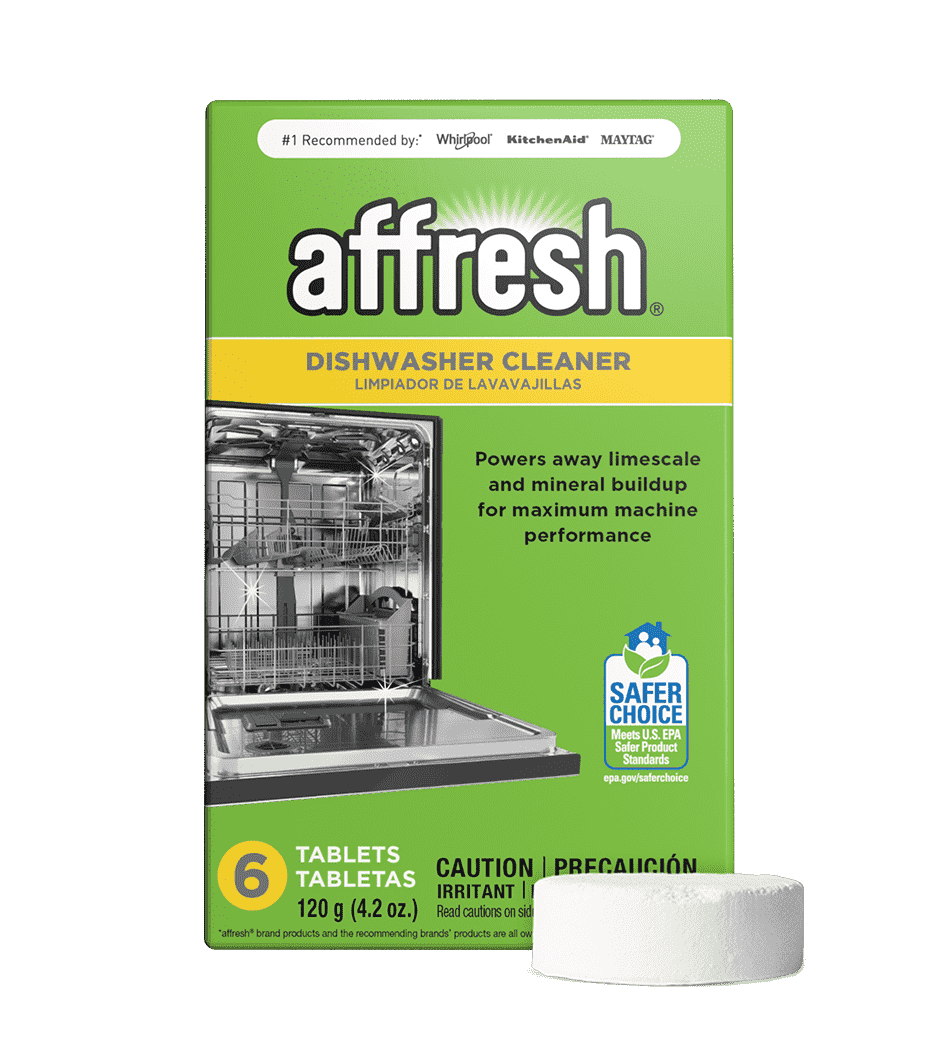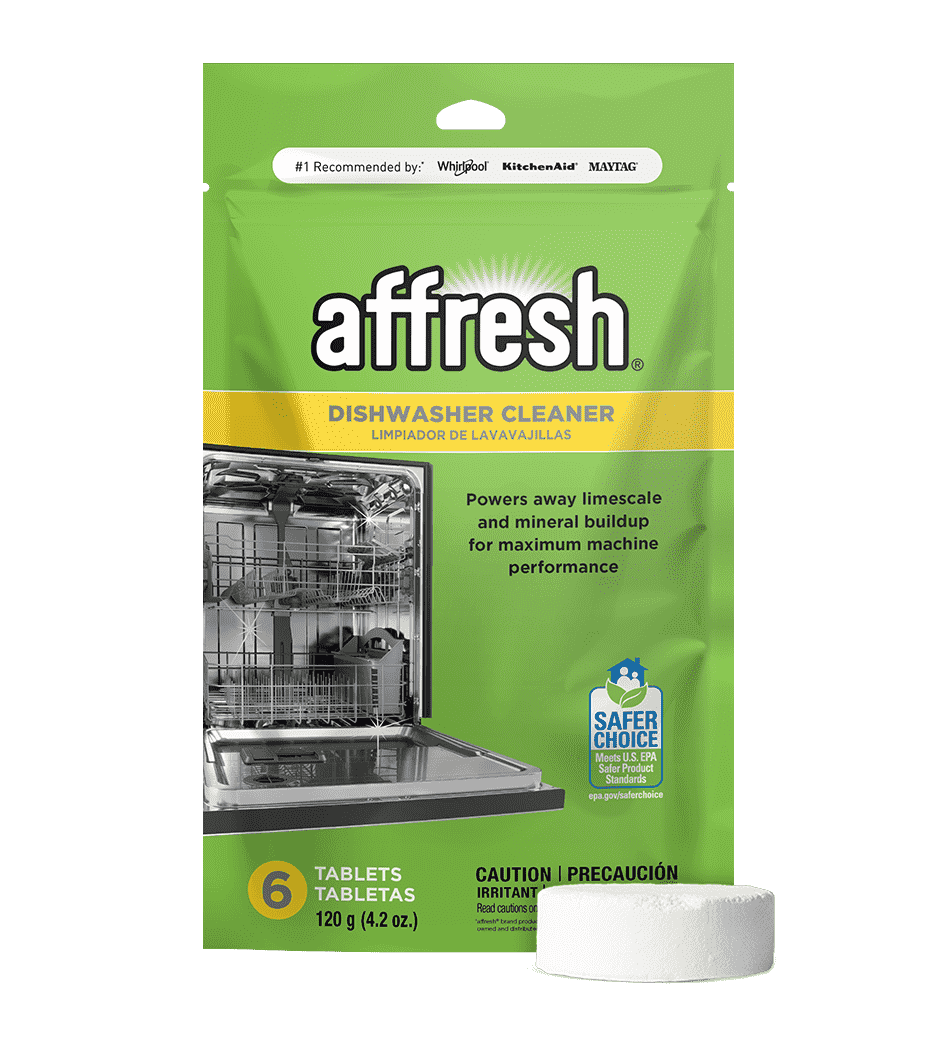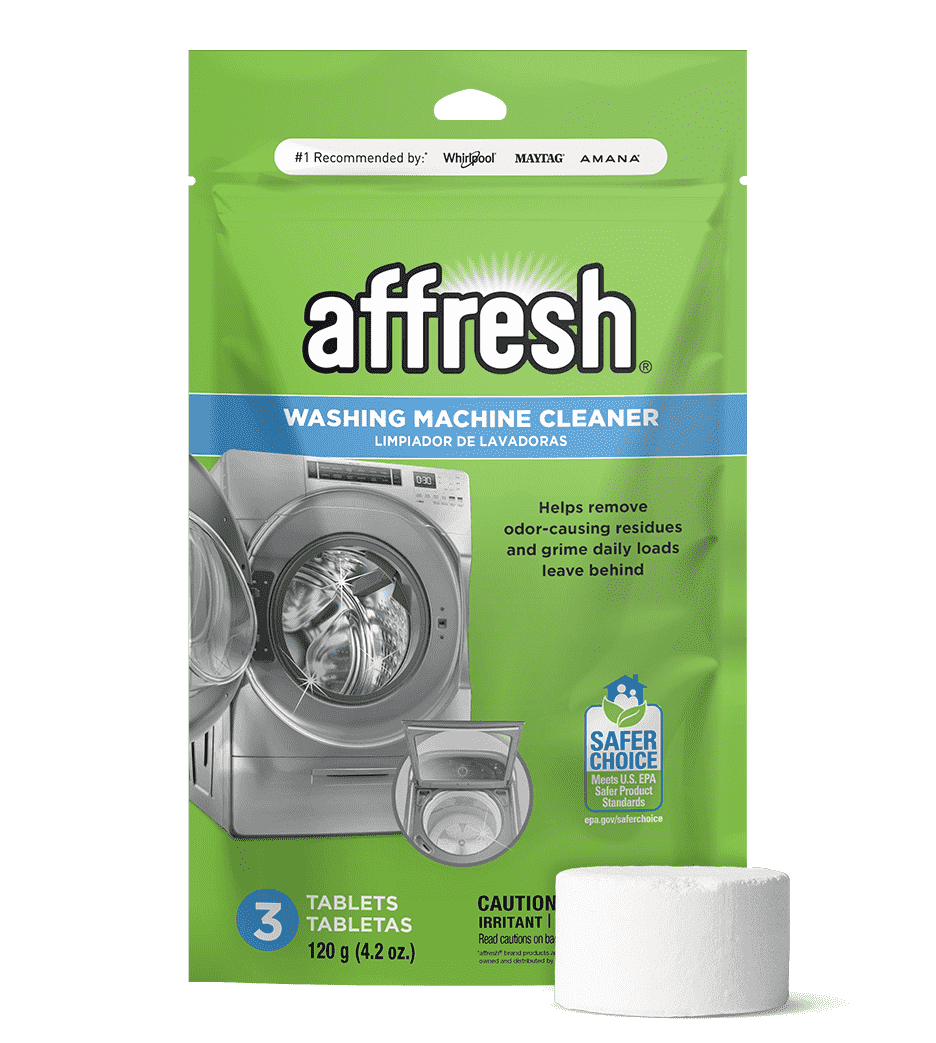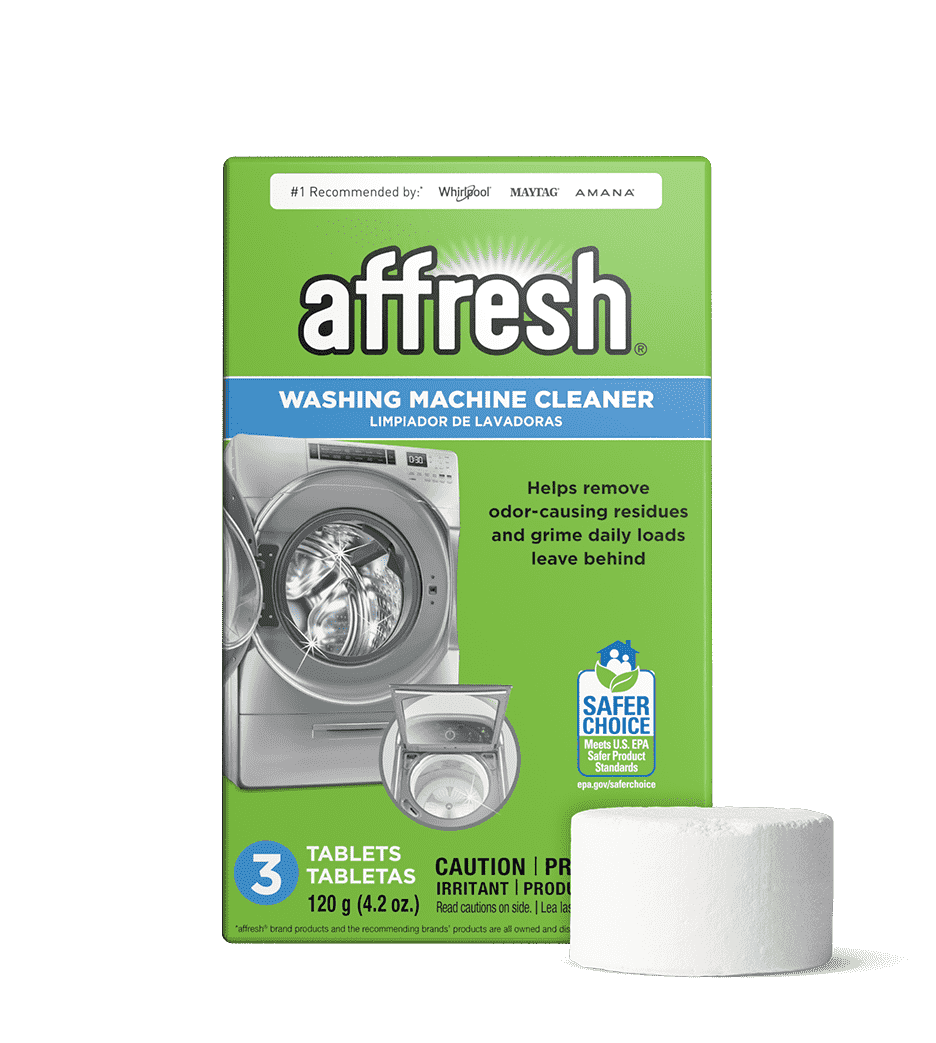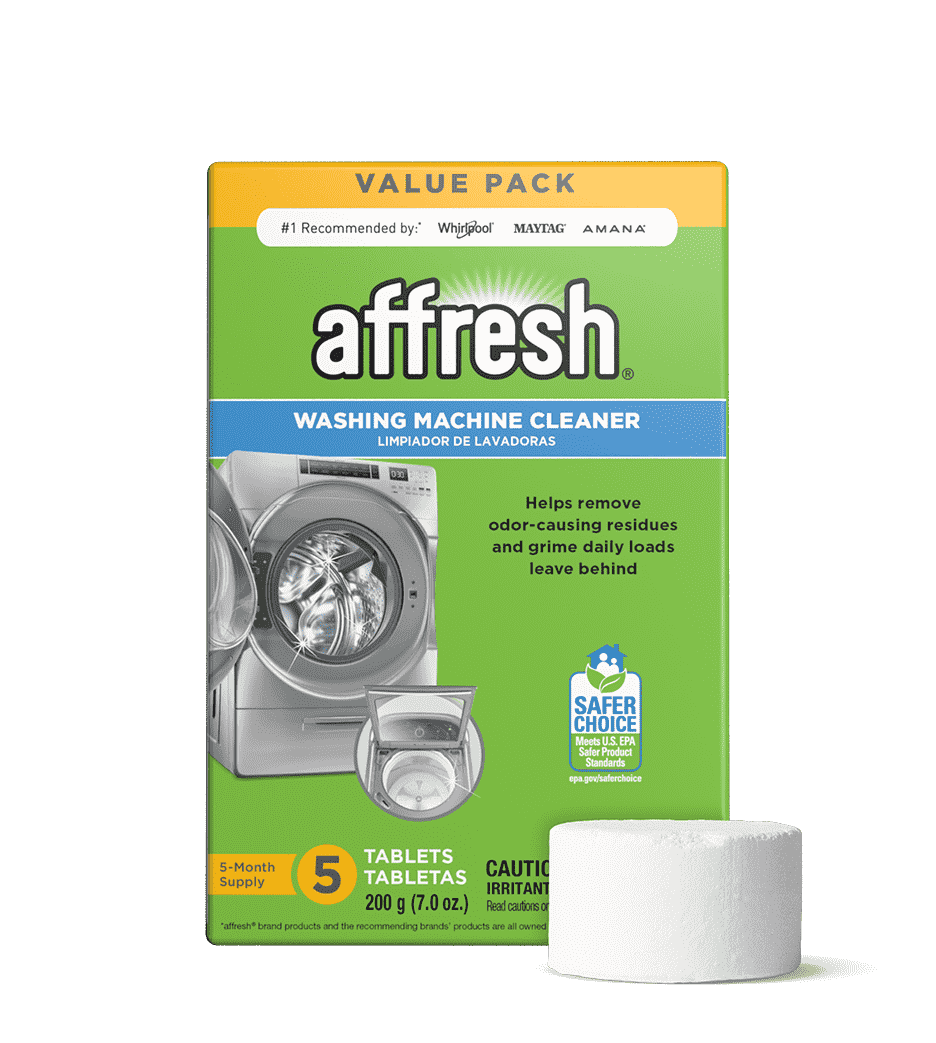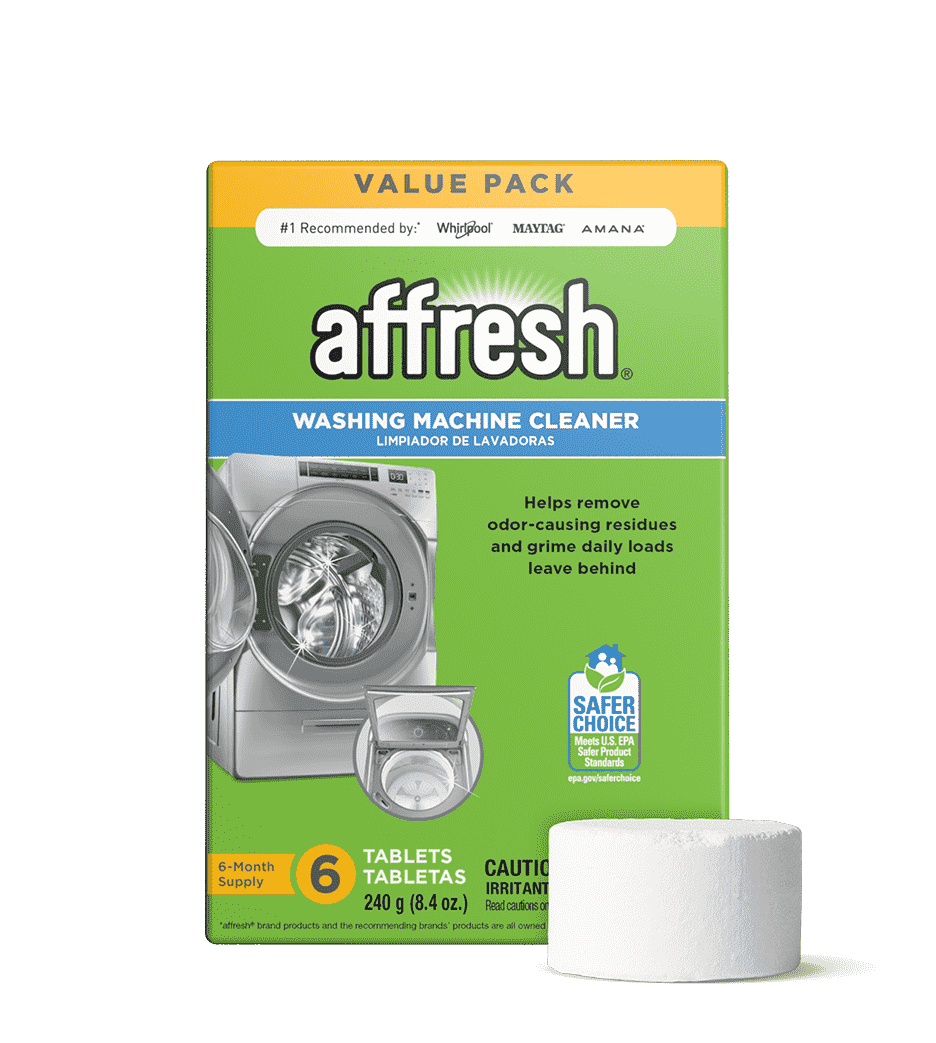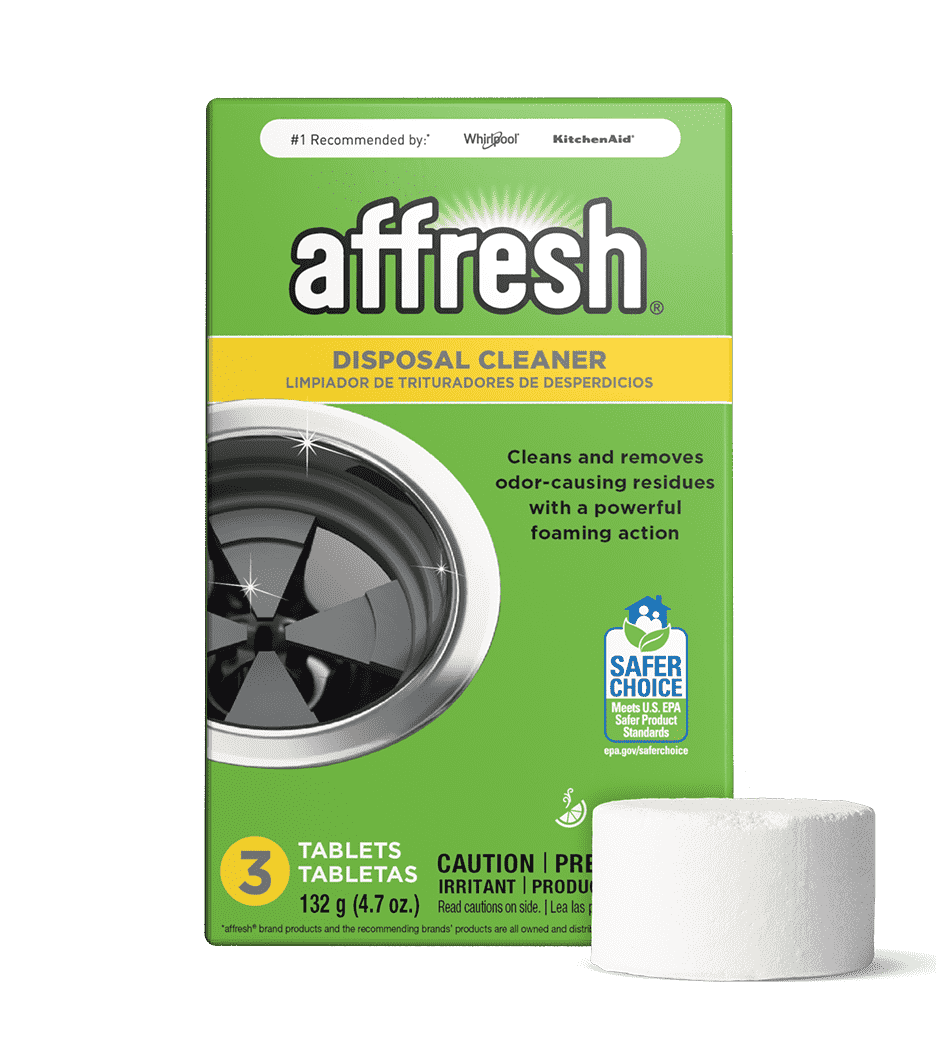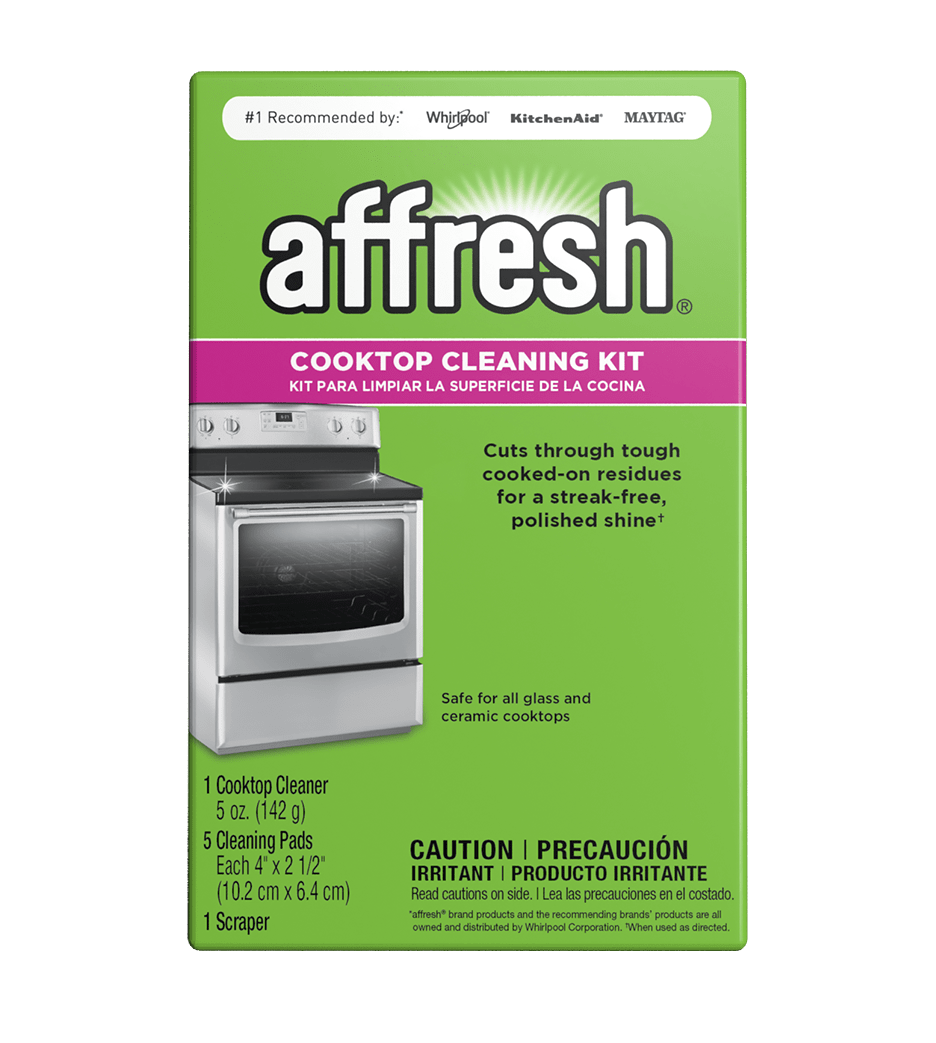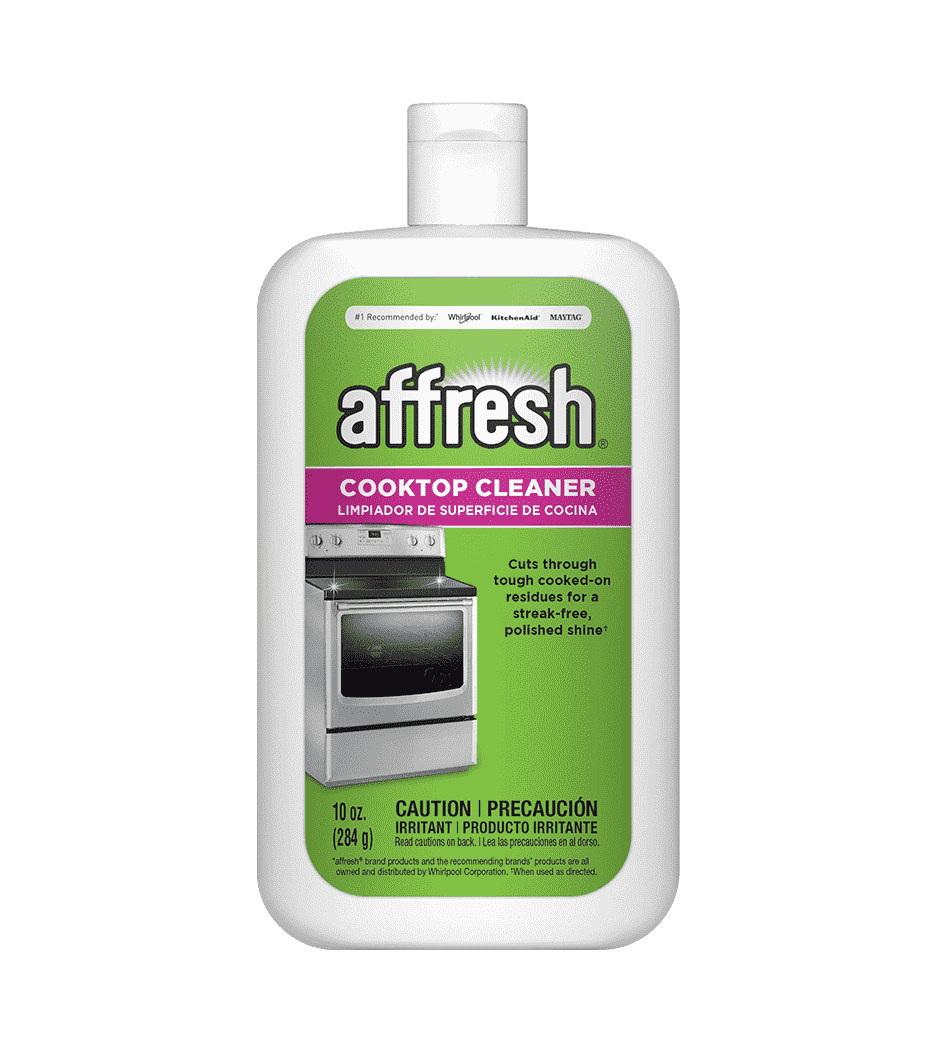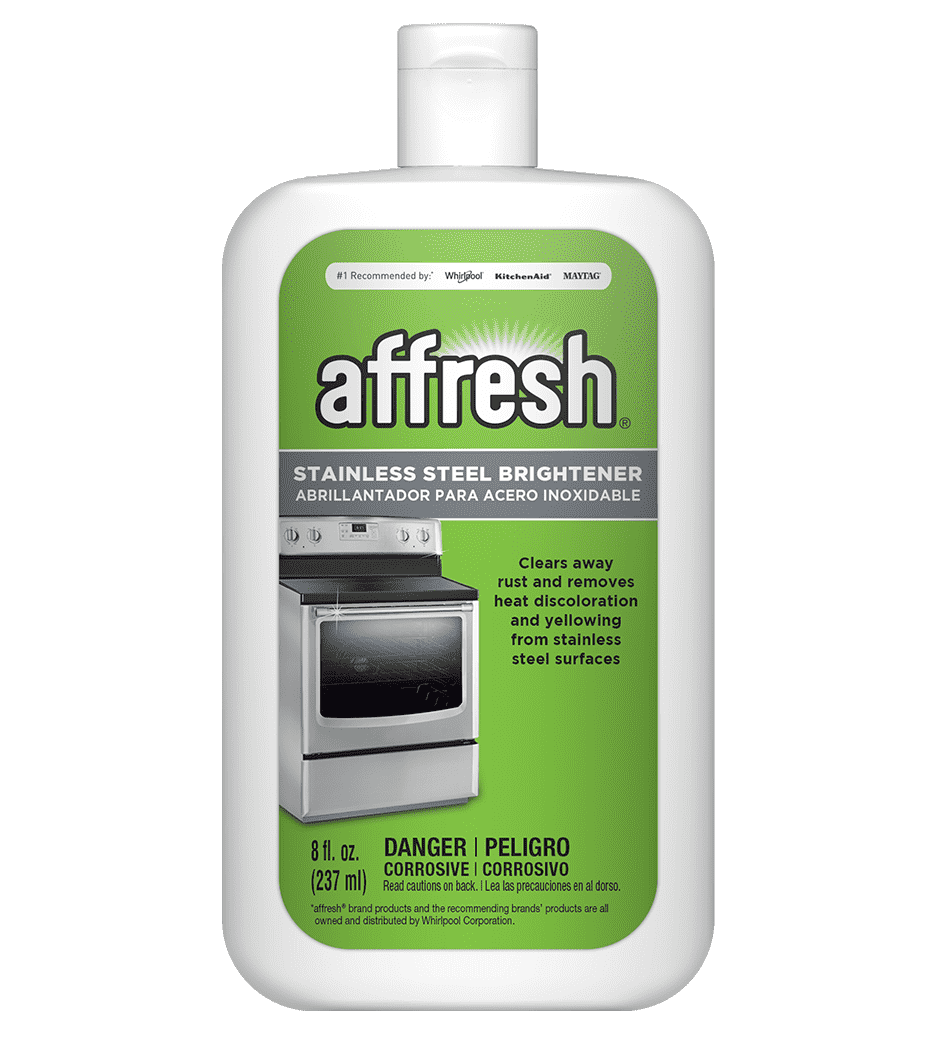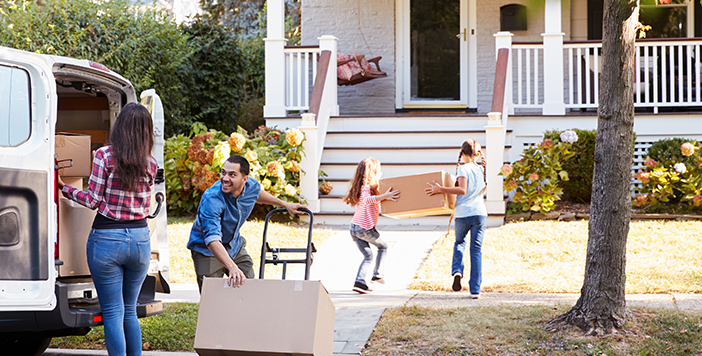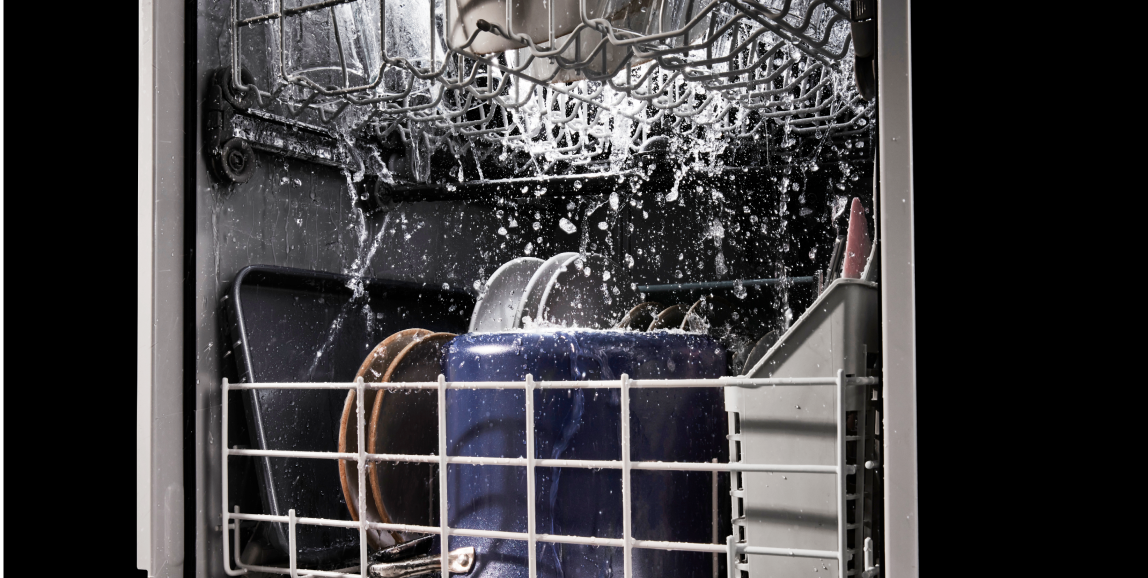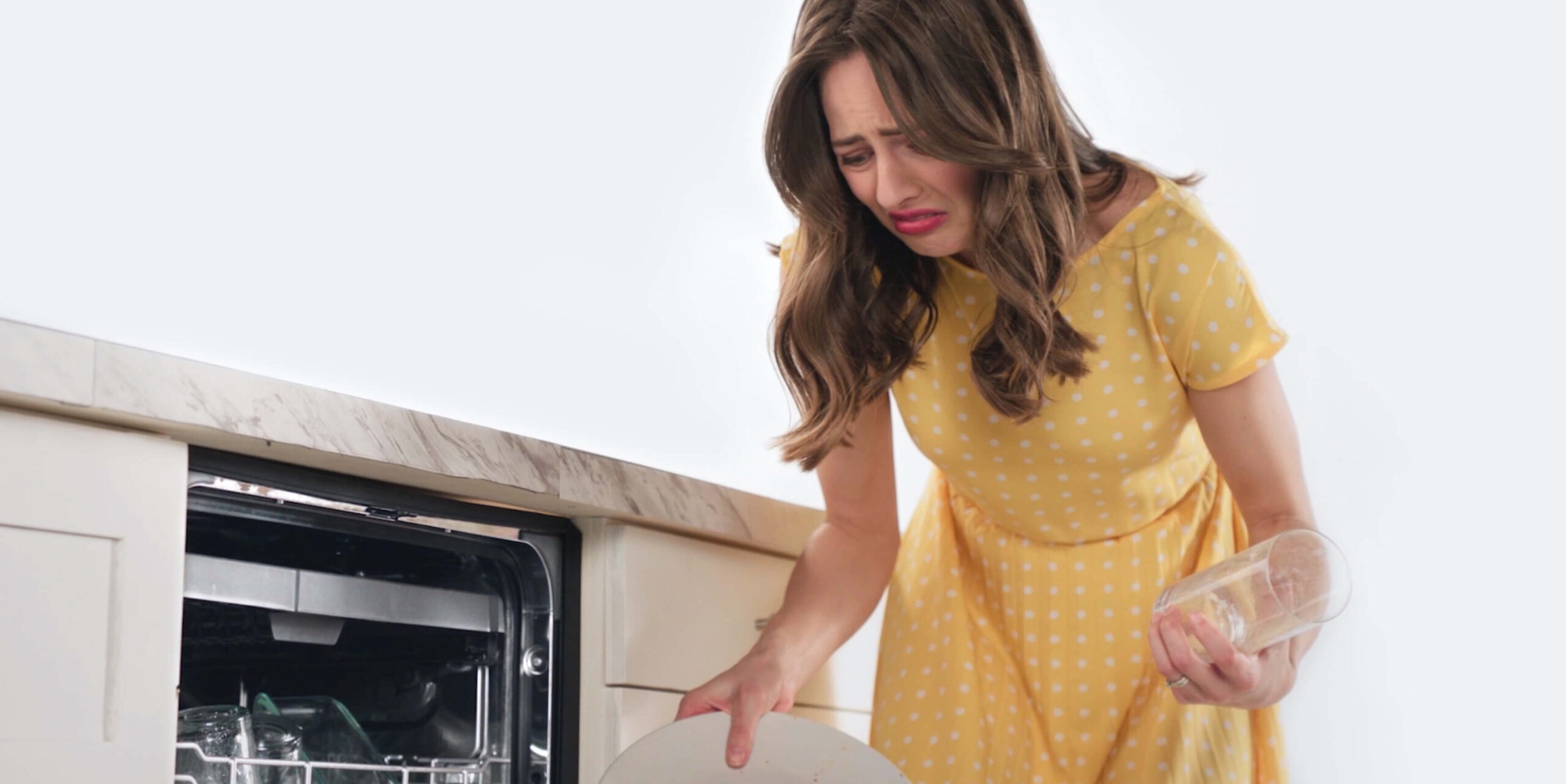
How to Use a Garbage Disposal
A garbage disposal is a convenient kitchen appliance that manages food waste by breaking it down into small particles before eliminating it. Proper usage can help improve the efficiency and longevity of your disposal by preventing unwanted clogs or damage. Learn more about best practices and tips for using a garbage disposal.
- What Is a Garbage Disposal Used For?
- What Can You Put Down a Garbage Disposal?
- How Do You Use a Garbage Disposal Properly?
- How Do You Empty a Garbage Disposal?
- How Do You Reset a Garbage Disposal?
What Is a Garbage Disposal Used For?
A garbage disposal uses spinning impellers or discs that turn rapidly to grind down food waste by forcing it against the outer wall of a grinding chamber. This results in food waste being broken down into smaller particles that can be washed away through a water waste system in a sink.
When used properly, garbage disposals can help prevent larger pieces of food from clogging your kitchen sink drain and reduce unwanted odors by quickly removing food waste from your kitchen. Garbage disposals also can help reduce the amount of solid food waste that eventually ends up in landfills.
What Can You Put Down a Garbage Disposal?
Garbage disposals are designed to handle a multitude of food waste, but it’s important to know which foods in particular are safe to place down the disposal to avoid any damage to the appliance. The following food items are generally safe to place in a disposal:
- Fruit and Vegetable Scraps – Smaller fruit and vegetable scraps and pieces such as peels, stems and cores are generally okay to put down a disposal.
- Citrus Fruit – When cut into very small pieces, citrus fruits can generally be safely placed down the disposal. Citrus fruits can also help to clean and freshen your appliance.
- Soft Foods – Softer foods that are chopped into small pieces are generally okay to place down the garbage disposal. Soft foods such as small pieces of cooked meat and chicken can be placed down the disposal as long as they’re free from bones. Soups and juices are also okay to go down a disposal since they do not need to be broken into smaller pieces and can flow freely through the disposal and sink drain.
- Ice Cubes – Ice cubes can actually be used to help clean your garbage disposal. Ice cubes can help loosen food residue that might be stuck to the disposal blades and help eliminate it efficiently.
What Should You Not Put in a Garbage Disposal?
Garbage disposals are designed to handle a large variety of food waste, but keep in mind there are certain food items that you should avoid putting down the disposal. The following food items should never be placed down a garbage disposal to avoid damaging the appliance:
- Fats, Oils and Grease – Any type of fat, oil or grease should never be placed down a disposal as these substances can congeal and cause clogs within your disposal and water system.
- Coffee Grounds – Placing coffee grounds down your garbage disposal can result in the grounds forming a large mass inside your disposal which can be difficult for the disposal to grind up.
- Bones – In general, garbage disposals aren’t equipped to handle hard food matter like bones. Avoid putting things like chicken and rib bones down the disposal to reduce the chance of damaging or breaking your appliance.
- Pasta – Pasta and other starchy foods should never be placed down the disposal. When these types of foods interact with water they absorb it and expand inside your drain. This can result in a clogged or damaged disposal.
- Eggs – Egg shells should never be placed down the disposal as they contain membranes that can easily get wrapped around your disposal’s grinder. This can damage your disposal and result in it not running properly.
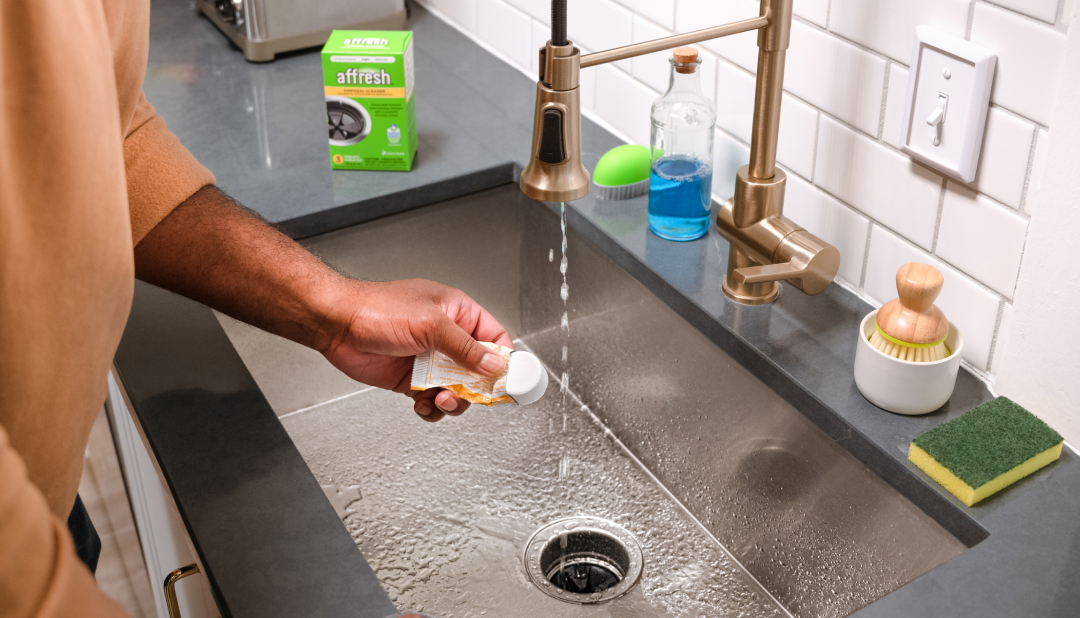
How Do You Use a Garbage Disposal Properly?
Using a garbage disposal can be simple if you follow a few best practices. Knowing what you can and can’t put down the disposal as well as how to keep your appliance clean can help keep your appliance working properly.
The following tips can help you use your garbage disposal correctly to eliminate food waste and unwanted odors in your kitchen.

How Do You Empty a Garbage Disposal?
Garbage disposals may need to be manually emptied if they’re overfilled or if an object that cannot be ground up, such as a piece of metal, plastic, bone or utensil, makes its way into the disposal.
To empty your disposal, make sure to always first turn the disposal off by unplugging it. Use pliers to remove any large pieces of debris that might be stuck in the appliance. Then fill your sink with water, add dish soap and turn on the disposal. Let the disposal run for a few minutes to flush out fully.
How Do You Reset a Garbage Disposal?
Most garbage disposals have a reset feature that automatically shuts the appliance off to avoid overheating or jamming. You might need to reset your disposal if food waste becomes stuck inside or the appliance has shut itself off.
Before resetting your garbage disposal make sure the appliance is completely turned off. Check your disposal for any obstructions and remove any you find. Locate the reset button on your disposal, typically on the bottom, and press it. You can then test the disposal by turning it on and running cold water.
If your disposal does not have a reset button on the bottom, refer to the product manual to find the correct location.
Discover affresh® Disposal Cleaner
In addition to ensuring you’re properly using your garbage disposal, you should also make sure you’re cleaning your disposal regularly. With proper use and regular cleaning, your garbage disposal should be able to run efficiently and help keep unwanted odors out of your kitchen.
Affresh® disposal cleaner creates a scrubbing action that helps clean your machine’s chopper, internal cavity and hose. Not to mention it also has a citrus scent to help remove odor-causing residues from your disposal. Use monthly or as needed to keep your appliance working smoothly and odor free.
